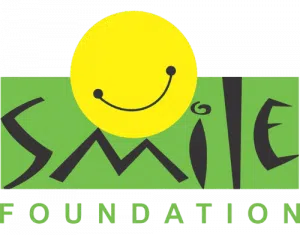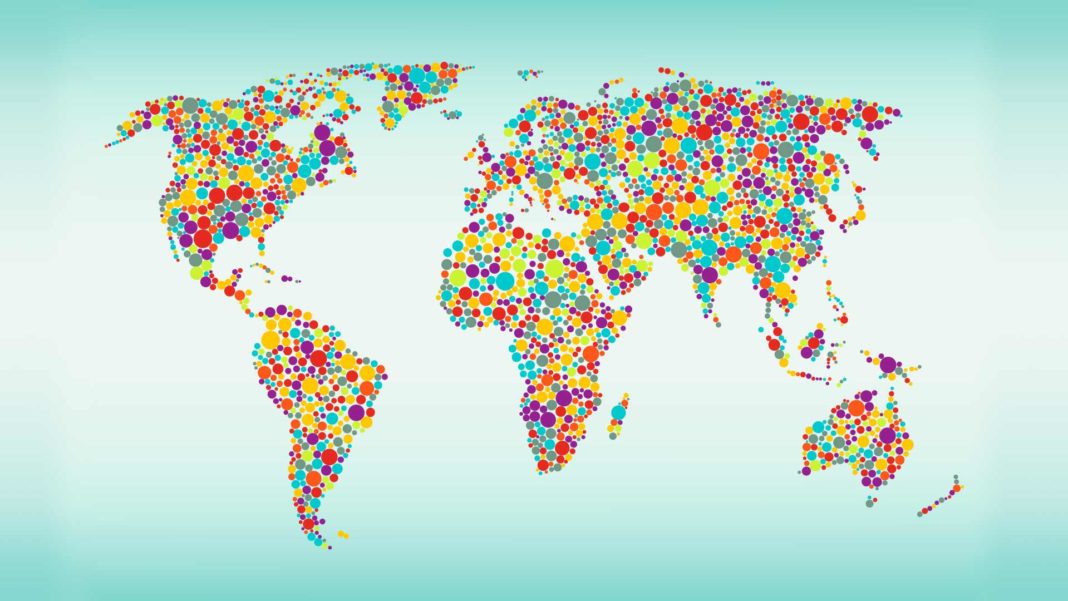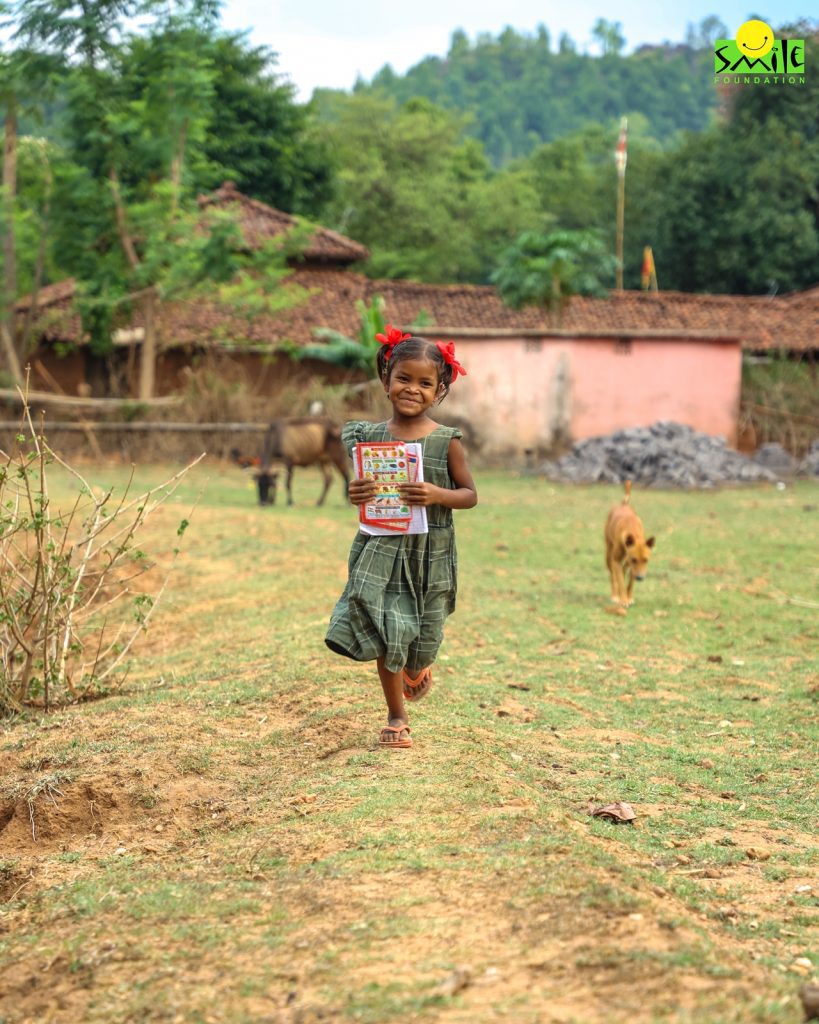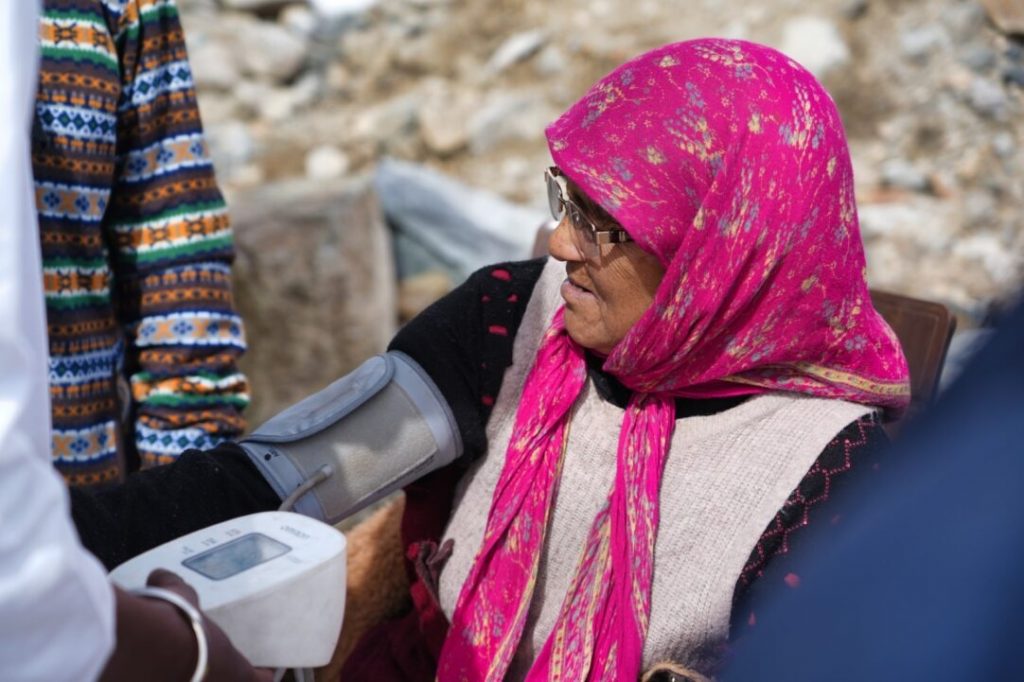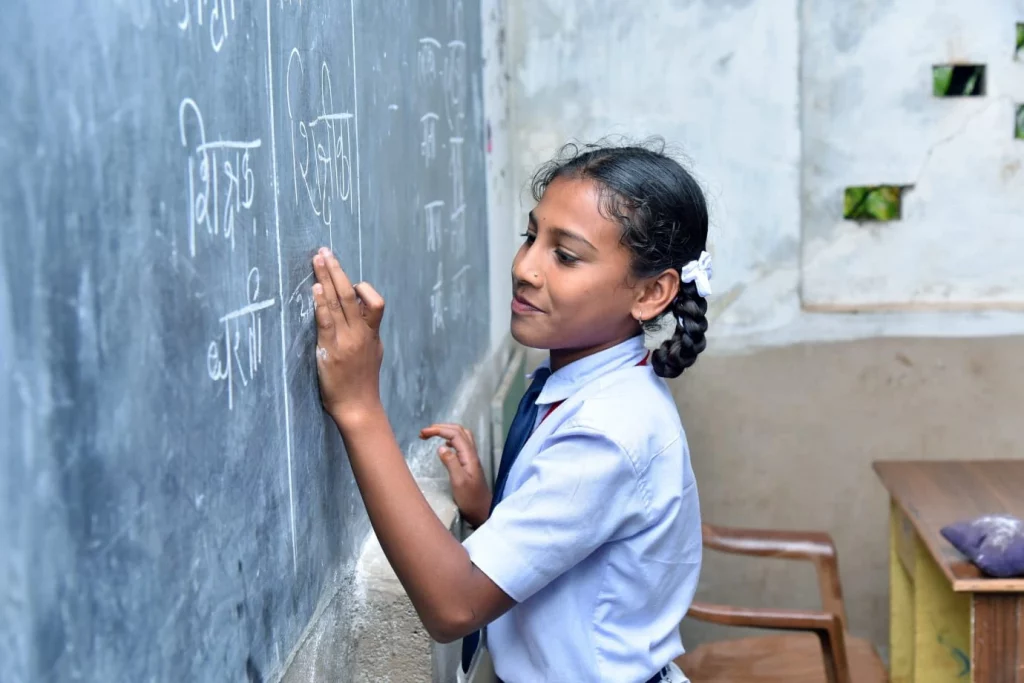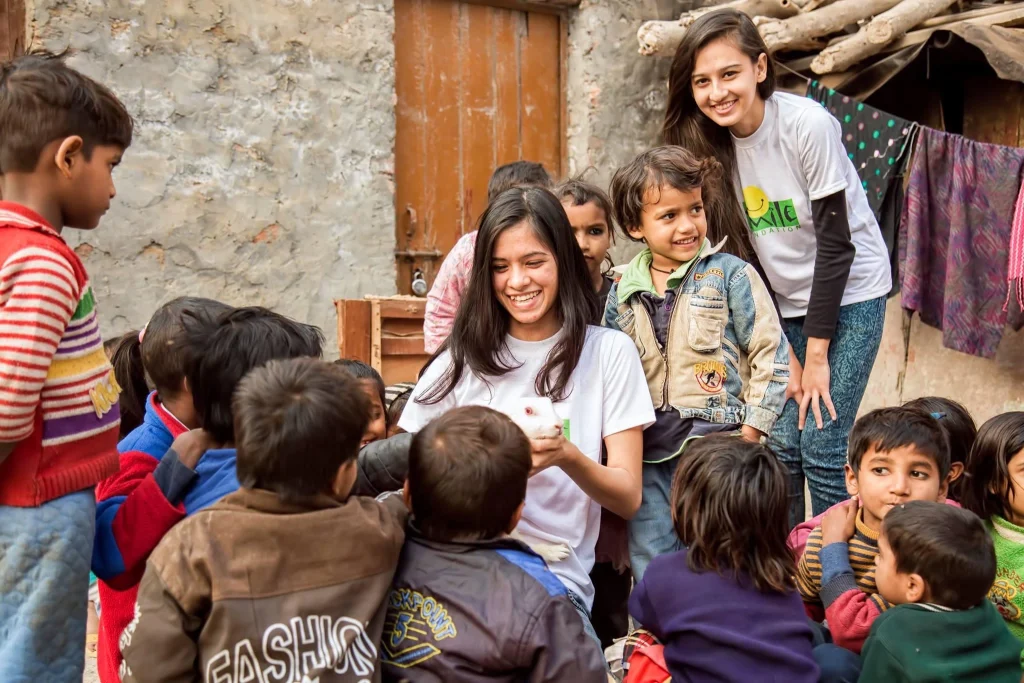In today’s modern times there is no shortage of potential wealth in this world. Regardless, a harsh reality of the 21st century is that countless families remain living in abject poverty. Which is a multifaceted concept, which may include social, economic, and political elements? The lack of education, overpopulation, and epidemic diseases such as AIDS, malaria and environmental problems like lack of rainfall and extreme weather are few of the causes of poverty in many countries in the world today.
According to current statistics, there has been a marked progress in reducing poverty over the past decades. Sadly, despite the progress made in reducing poverty, the number of people living in extreme poverty globally remains unacceptably high and the given global growth forecasts, poverty reduction may not be fast enough to reach the target of ending extreme poverty by 2030.
One of the major hurdles in eradicating poverty is the reach to the people who remain extremely impoverished, as they live in a remote area of fragile countries. In such situations, access to good schools, health care, electricity, safe water,
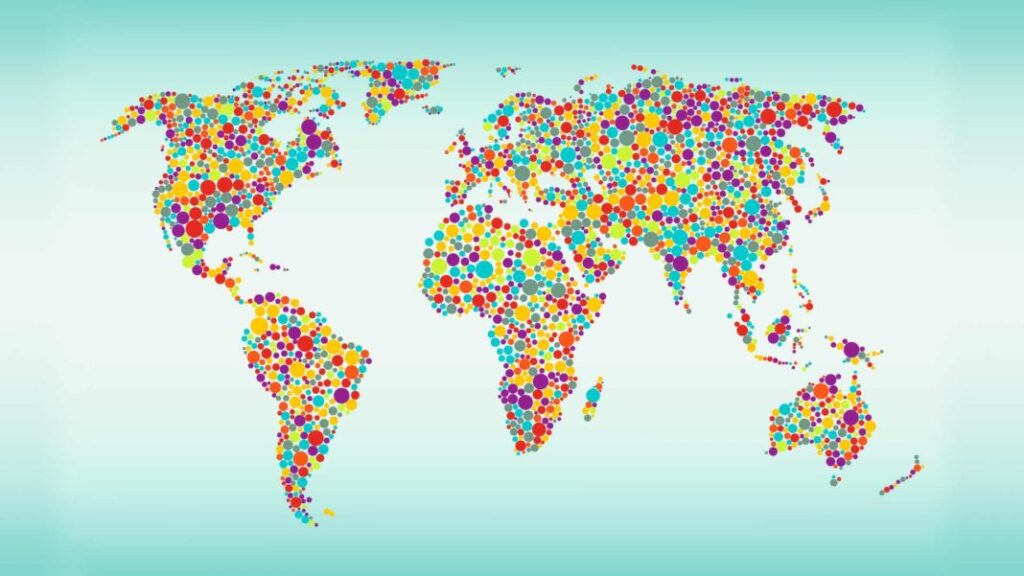
and other critical services remain intangible. Determined by socioeconomic status, ethnicities and geography these carry on being elusive. Nevertheless, we need to break these poverty traps by bringing structural changes such as reducing health care costs by increasing access to health care, and through vaccine coverage preventing disease transmission. Once people are healthy and can safeguard their crops and livestock, they will be able to dig themselves out of poverty.
One very interesting fact is that the poorest people in the world are increasingly benefiting from the innovations rapidly emerging today. For example, the technological advancements in the field of education have helped collect millions of data points from student tests to figure out common mistakes children make on math problems and then design remedial exercises for each student. This platform has helped 80,000 students across India improve math and Hindi skills for a fraction of the cost of attending school.
Besides education, providing clinics and classrooms, medics and medicines, can help in bridging the gap in life chances and give people the tools to challenge the rules that perpetuate economic inequality. Free public healthcare and education are not just human rights; they also tranquilize the adverse impacts of the skewed income and wealth distribution in our society.
It is believed that in future, the better-educated workers will come almost exclusively from developing countries, replacing aging workers from high-income countries in the global pool. This education wave will alter the dynamics of global inequality, both within and between countries.
The real engine for balanced growth lies in education and integration of one and all in the economy. The current trends in the labor market are undergoing a huge transformation. Automation is displacing unskilled workers, and non-routine jobs are having a similar impact with the expansion of the IT industry. Investing in education, vocational and skill training can be hugely benefitting, leading to an integrated economy.
Every one of us has to come together with those furthest behind to build an inclusive world of universal respect for human rights and dignity to be free of poverty for a better world tomorrow.
